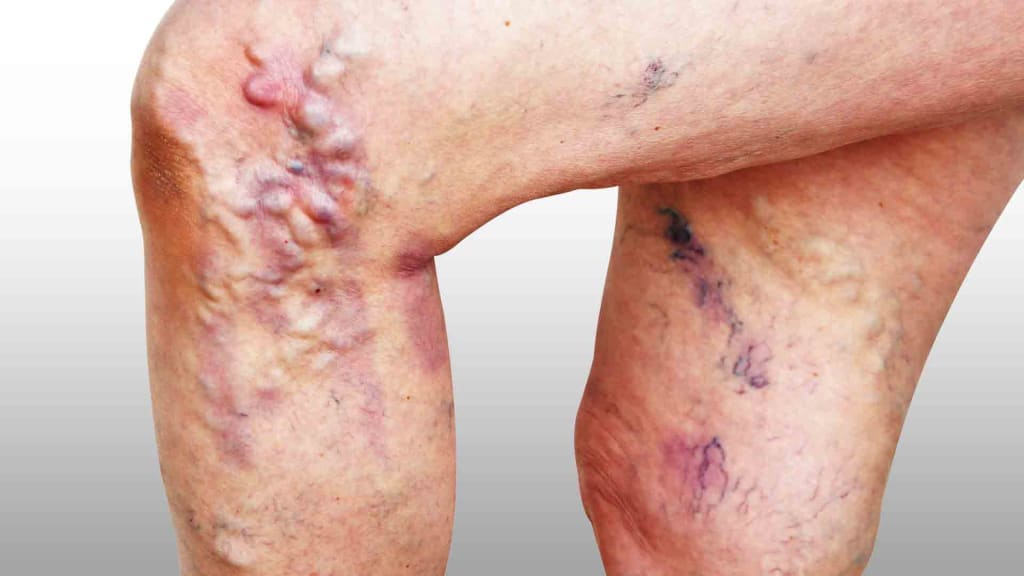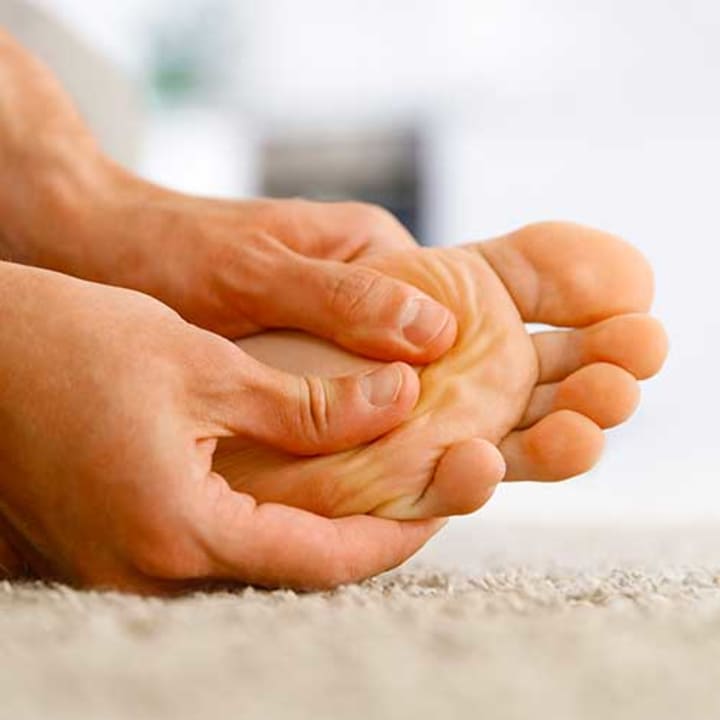Deep Vein Thrombosis
All You Need to Know About Deep Vein Thrombosis (DVT)

Overview
DVT or Deep Vein Thrombosis is a severe illness resulting from blood clot formation inside a vein. Here in this blog, we will share some interesting insights on the symptoms, causes, treatments, and some preventive measures that can help reduce the chances of deep vein thrombosis.
Summary
● It is a severe condition that occurs as a result of a blood clot formation.
● Deep vein thrombosis symptoms may include inflammation, pain, or cramps in the lower leg region.
● The most common causes of a DVT include an injury that may damage blood vessels or sit for a prolonged period.
● Exercises are a great option to increase your blood flow and circulation.
● The use of birth control pills may disturb the hormonal imbalance causing severe DVT.
● Certain conditions alter the blood movements and increase your chances of developing blood clots, for instance, bone fracture, smoking, or obesity.
● The right treatment plan prevents blood clots from further growth and development.
● Your specialist may suggest using thrombolytic drugs or blood thinners to reduce the chance of developing more clots.
● In surgical thrombectomy, an incision is made inside the blood vessel to remove the blood clot.
What is Deep Vein Thrombosis?
It is a severe illness or condition resulting from blood clot formation in a vein deeply located in the body. The normal development of this blood clot may occur in your thigh or lower leg region.
What Are the Symptoms of Deep Vein Thrombosis?
The symptoms of deep vein thrombosis may occur in half of the people suffering from this condition. The most common symptoms associated with it may include:
● Inflammation in your foot, ankle, or leg region.
● Muscle spasms or cramps in your leg region.
● Sharp, severe, or radiating pain in your foot or ankle region.
● The appearance of a blue or red color area around the affected region.
What Are the Warning Signs of Deep Vein Thrombosis?
Some of the most common warning signs of Deep Vein Thrombosis (DVT) may include:
● Severe pain in the thighs or lower leg region.
● Deep inflammation or swelling in the lower leg region.
● Discoloration of the skin around the affected region.
Deep Vein Thrombosis Causes
As said previously, this condition occurs as a result of a blood clot formation. This phenomenon stops the flow or circulation of the blood in the body. Several factors become the reason behind blood clot development. Some of them are mentioned below:
● A sudden or traumatic injury or accident can block the blood flow in the body.
● The blood vessels may get damaged due to a surgical procedure, ultimately leading to a blood clot.
● Bed resting for longer durations can also increase your chance of getting affected by this condition.
● The coagulation of the blood in your legs or thighs region due to prolonged sitting can also increase the risks associated with deep vein thrombosis.
● The use of some medications may also increase the chances of getting affected by DVT.

Exercises to Combat DVT & Increase Blood Flow
Sitting for a prolonged period can increase the risk of developing a blood clot up to manifolds. There are specific exercises that you can do to allow and ease the circulation of the blood. Some of the most effective practices are:
● Foot or ankle pumps are among the most effective exercise options that enhance mobility and blood circulation of the lower extremities.
● Another great exercise is to bend your leg to pull your knees towards the chest region. It’s kind of a stretching exercise that keeps the body in a moveable position.
● You can also try ankle circles to keep your legs moving. It is done by drawing circles with your toes unidirectionally.
Risk Factors Associated with DVT
This condition occurs mostly in aged people, explicitly belonging to an age group of around 50-60 years. But still, its occurrence can be observed in people from any age group.
Certain conditions alter the blood movements and increase your chances of developing blood clots. Such conditions include:
● Fractured bones or an injury that may lead to damaged blood vessels or veins.
● The use of birth control pills may become a reason for hormonal changes in the body.
● Obesity or overweight.
● Sitting for a prolonged duration.
● Smoking.
How to Treat Deep Vein Thrombosis or DVT?
1. Non-Surgical Treatment
DVT is a serious medical illness that needs immediate treatment in case if you are experiencing its symptoms. Your healthcare provider may assess your condition based on your symptoms. The right treatment plan prevents blood clots from further growth and development.
● Your specialist may suggest using thrombolytic drugs or blood thinners to reduce the chance of developing more clots.
● You should wear compression stockings as they help reduce inflammation and lower the risk of developing blood clots.
● Those patients who can’t take blood thinners usually take filters placed inside the abdominal vein, also known as vena cava, to prevent pulmonary embolisms.
2. Surgical Treatment
Your specialist may recommend a surgical treatment or procedure for the removal of a DVT clot from your body. This treatment is followed in case of a severe issue that involves the removal of large blood clots or damaged tissues.

In surgical thrombectomy, an incision is made inside the blood vessel to remove the blood clot. Then the blood vessel and the tissue is repaired. There could be many risk factors associated with the surgical procedure, such as infection or excessive bleeding.
How to Prevent Deep Vein Thrombosis?
There are some preventive measures that you can adopt to lower your risk of getting affected by DVT. Some of its most common and effective tips include:
● By taking control of your blood pressure.
● By taking a balanced diet and reducing excessive weight.
● By avoiding smoking.
● By doing stretching exercises or enhancing the movement of your legs.
● Use of blood thinners if prescribed by your doctor or specialist.
● Avoid wearing tightened or uncomfortable clothes.
A DVT in a leg can cause persistent pain and discoloration of the skin. Consult with our top-ranked vascular surgeons today to treat your Deep Vein Thrombosis.
About the Creator
Medi Check
Health and Medical awareness, useful medical tips, new medical innovations.
Enjoyed the story? Support the Creator.
Subscribe for free to receive all their stories in your feed. You could also pledge your support or give them a one-off tip, letting them know you appreciate their work.






Comments
There are no comments for this story
Be the first to respond and start the conversation.